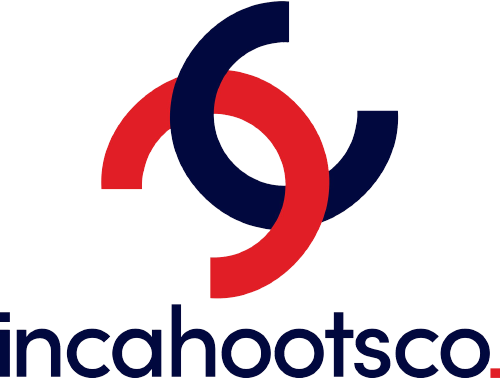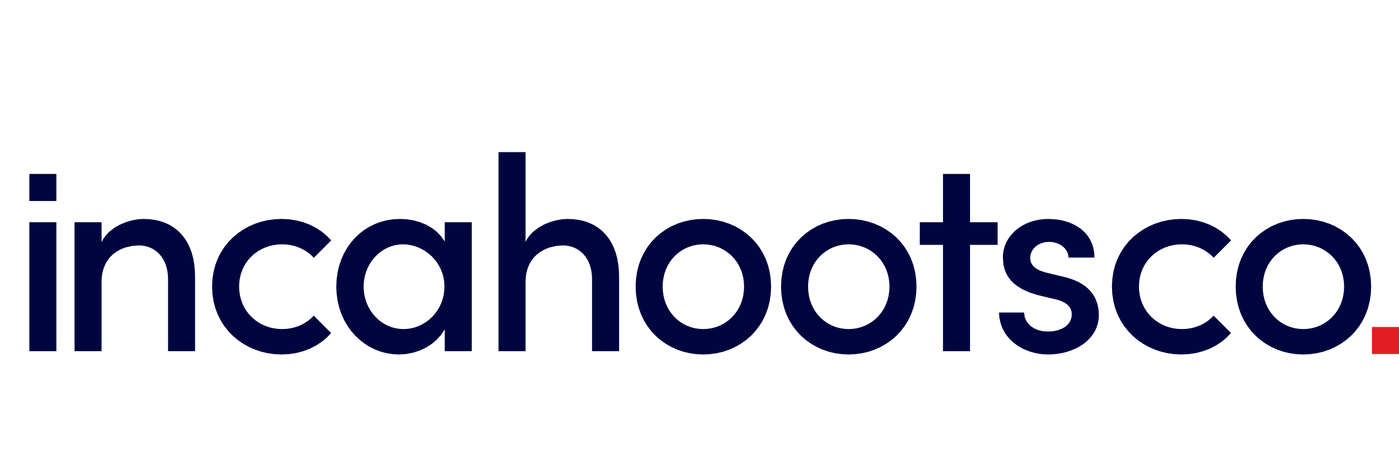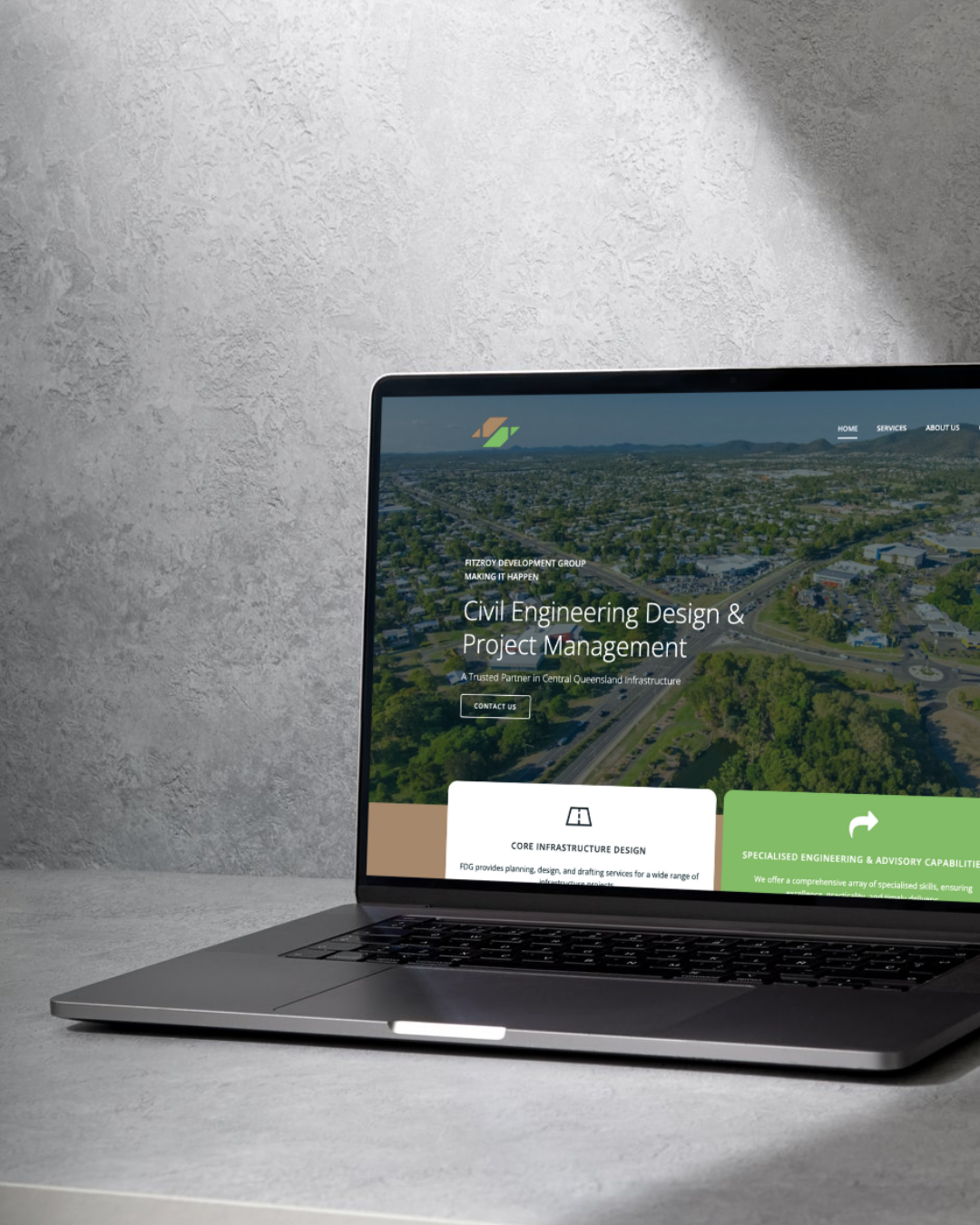Be seen. Be heard. Be found.
Google Ads vs Meta Ads: Choosing the Right Platform for Your Business
What will work best for YOUR business?

We get asked this a lot, which is better for my business? Google Ads and Meta Ads (formerly Facebook Ads). Both platforms offer powerful tools to reach your target audience, but they operate in fundamentally different ways. Understanding these key differences is crucial to maximising your return on investment (ROI).
Google Ads: Intent-Driven Marketing
Google Ads operates on a search-based model. Users actively seek information, products, or services by entering keywords into Google's search engine. Your ads appear based on the relevance of your chosen keywords to the user's search query. This makes Google Ads ideal for capturing users who are already interested in what you offer.
So, if you're a tradie business, professional service or offer an already known product or service - Google ads would be a great option for you.
Meta Ads: Interest-Based Marketing
Meta Ads, on the other hand, focuses on targeting users based on their interests, demographics, and behaviors. Your ads appear on platforms like Facebook, Instagram, and Messenger, seamlessly integrating into the user's social experience. This allows you to reach a broader audience and introduce them to your brand, even if they haven't explicitly searched for your products or services. We also love the additional creative options here - eg, video! You've no doubt seen some very clever top-of-funnel ads in your own feed.

Key Differences at a Glance
| Feature | Google Ads | Meta Ads |
|---|---|---|
| Targeting | Keyword-based | Interest, demographic, and behavior-based |
| User Intent | High - actively searching for solutions | Variable - may or may not be interested in your offering |
| Ad Formats | Text ads, shopping ads, video ads | Image ads, video ads, stories ads, carousel ads |
| Platforms | Google Search, YouTube, Gmail, partner websites | Facebook, Instagram, Messenger, Audience Network |
| Cost | Can be higher due to competition | Generally more affordable |
Use Case Scenarios
Google Ads:
- Driving immediate sales: Target users actively searching for products or services you offer.
- Generating leads: Capture contact information from potential customers.
- Increasing brand awareness: Appear at the top of search results for relevant keywords.
Meta Ads:
- Building brand awareness: Reach a broad audience and introduce them to your brand.
- Driving engagement: Encourage users to like, comment, and share your content.
- Retargeting website visitors: Show ads to users who have previously interacted with your website.
Choosing the Right Platform
The best platform for your business depends on your specific goals and target audience.
- Consider Google Ads if:
- You want to reach users actively searching for your products or services.
- You have a high-converting website.
- You're willing to invest in a potentially higher cost-per-click (CPC).
- Consider Meta Ads if:
- You want to build brand awareness and reach a broad audience.
- You have strong visuals and engaging content.
- You're looking for a more affordable advertising option.
Often, a combination of both Google Ads and Meta Ads yields the best results. By leveraging the strengths of each platform, you can create a comprehensive digital marketing strategy that reaches your target audience at every stage of the buyer's journey.
If you're unsure which platform is right for you, our team of digital marketing experts can help. Contact us today for a free consultation.
SEARCH ARTICLE
SOCIAL MEDIA CHANNELS
RECENT POST:













